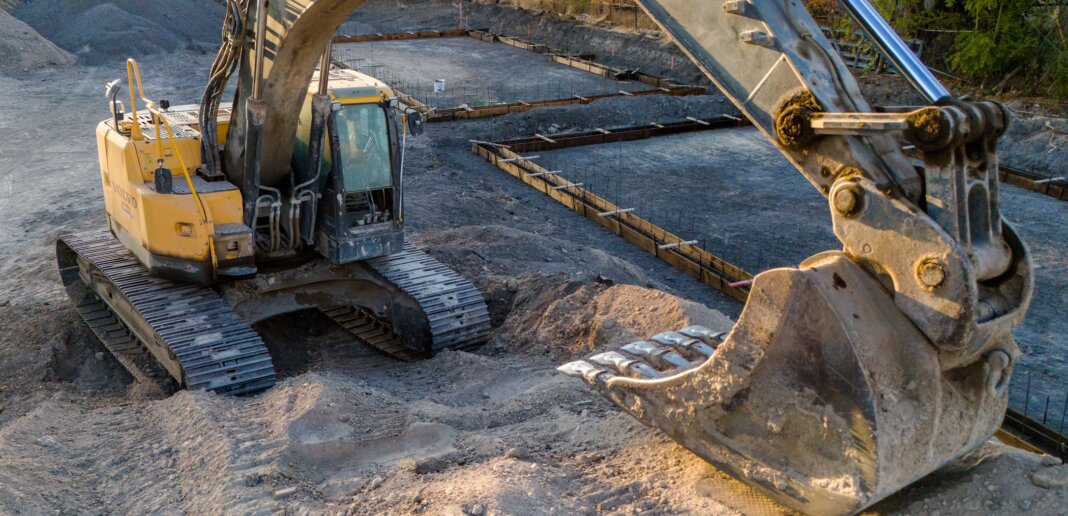From Waste to Resource: Recycling and Repurposing in Heavy Equipment Life Cycles
Heavy equipment is essential in construction, agriculture, and infrastructure development, but once these rigs reach the end of their life, they usually end up as waste. However, this approach is changing. Recycling and repurposing are gaining traction as companies and advocates recognize the value of extending the life cycle of heavy equipment.
What Is the Heavy Equipment Life Cycle?
The heavy equipment life cycle refers to the entire lifespan of a piece of heavy equipment—from the time an organization gets it until its disposal. It involves different phases, each essential to maximizing the equipment’s usefulness, safety, and compliance with industry regulations.
Here’s how a standard equipment life cycle works:
> Planning: The organization sees a need that a piece of heavy equipment can fulfill. They decide on essential criteria and parameters such as budget, usage, and performance requirements.
> Procurement: The team researches various vendors and manufacturers. They collect bids and select vendors with the most suitable equipment and favorable terms.
> Preparation: Once the machines arrive, the staff prepares them for operation. This phase may also involve staff training, which helps ensure safety on the construction site.
> Usage: Trained operators receive and operate the gear as necessary for the organization’s projects.
> Maintenance: Proper handling, storage and upkeep can affect the lifespan of construction equipment. For example, a well-maintained telehandler may last 7,000 to 10,000 hours, while a wheel loader may last 12,000 hours, a backhoe loader 8,000 hours, dozers and excavators about 7,000 to 10,000 and skid steers over 5,000 hours.
> Retirement: When the rig becomes outdated or repairs and maintenance no longer work, it is time to retire or dispose of it.
Why Recycling and Repurposing Matter in Heavy Equipment Life Cycles
The construction industry, especially with its use of heavy equipment, is one of the world’s largest contributors to greenhouse gas emissions. Inefficient equipment use, such as through long idling times, can especially influence these emissions. Additionally, retiring heavy equipment is especially challenging, as they are often made from heavy-duty, non-biodegradable materials.
Recycling and repurposing construction gear is a more sustainable alternative than simply discarding it in landfills, helping to prevent pollution.
Repurposing also gives these materials and resources a new life, increasing their usefulness and helping more people. A recent report found the recycling and repurposing industry created around 681,000 jobs that paid $37.8 billion in wages in the U.S.
Ways to Repurpose or Recycle Outdated Heavy Equipment
Reusing or recycling is a responsible way to minimize the ecological footprint of heavy equipment. Here are five ways businesses can explore to make the most of and extend the lifetime of their current resources.
1. Parts Reuse and Removal
Salvaging used or broken equipment for parts is a common practice. While the broken vehicle or instrument is no longer useful, its parts can help people repair other damaged equipment and appliances.
Aside from being more sustainable, salvaging parts from old materials is also a more cost-effective way to repair existing equipment or create new items. Buying used parts is also a lot cheaper than purchasing brand-new ones.
2. Conversion for New Applications or Environments
With some tweaking and mechanical knowledge, teams can transform decommissioned equipment into something new. For example, an old excavator can turn into a soil mixing unit or a material processor.
If a piece of equipment still works well but doesn’t have a place in construction anymore, staff can transport it to agricultural sites where it can stay useful. For example, loaders can use farm equipment attachments to harvest, level, and mow.
3. Training and Educational Use
Schools and equipment training facilities can use old equipment as educational materials. Old gear is an affordable yet effective way to train students to operate or maintain it effectively.
Though some rigs might not work as intended, their parts and structure can help students understand safety precautions, repair procedures, or maintenance tasks. Several studies have already explored the effectiveness of experiential learning — seeing and working with a real piece of machinery helps trainees grasp concepts more easily.
4. Artistic or Recreational Applications
With some creativity, heavy machinery and scrap parts can go beyond the construction site and into art exhibits. Many artists use reclaimed metal and old equipment as materials, transforming presumed junk into works of art.
Take American artist John Lopez, for example. He creates unique sculptures using scrap iron and recycled equipment. He takes these old machines apart and uses their components to form interesting shapes and new structures.
5. Recycling

These metal bars can then begin a new life cycle, where they can turn into new parts or objects for various purposes.
Heading Toward Equipment Sustainability
Recycling and repurposing heavy equipment allows companies to minimize waste and recover useful materials, making their practices more environmentally friendly and cost-effective. As more organizations embrace this approach, the industry might head toward a more efficient and sustainable future.
